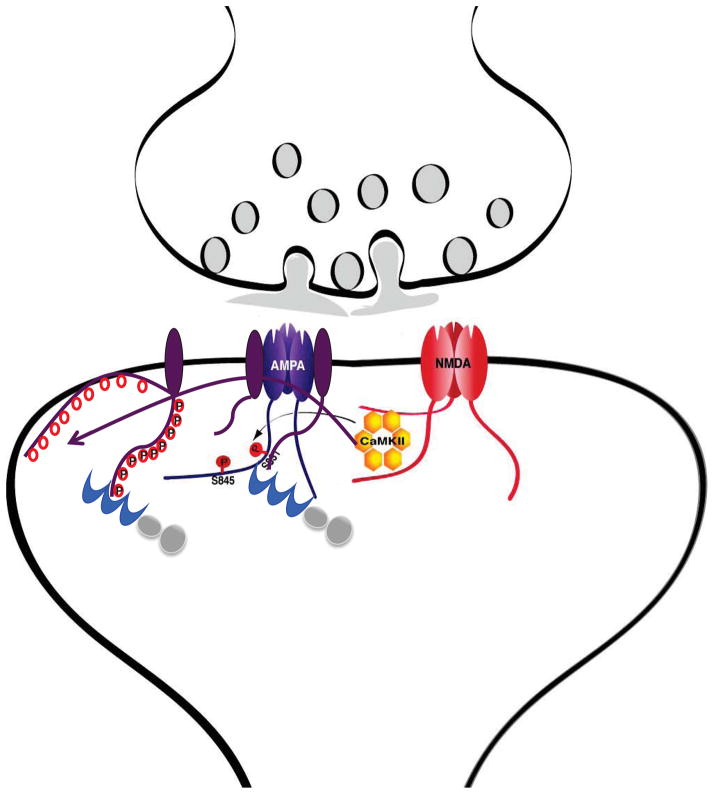Figure 4. Binding of α -actinin to F-actin Makes EF3 and EF4 Accessible for CaMKII Binding.
(A) Native structure of α-actinin dimer (PDB ID: 1SJJ) with both actin binding domains (CH1, CH2) in a closed conformation (insert on top of the full length α-actinin structural model). In this structure EF3 and EF4 from the C-terminus of one protomer interacts with the neck region, which connects CH2 with SR1 in the other protomer (Travers et al., 2013). CH1 is quasi folded back like a hook towards the SR region.
(B) Actin dimers as present in F-actin (PDB ID: 3G37) are docked onto the α-actinin structure depicting the F-actin cross-linking activity of α-actinin. CH1 binds to F-actin (Travers et al., 2013). The CH1 and CH2 domains are in an open conformation in this F-actin bound state (insert on top of the full length α-actinin – F-actin structural model) as observed (Galkin et al., 2010). EF3 and EF4 of the second antiparallel α-actinin protomer are displaced from the neck region as predicted rendering them accessible for CaMKII binding.
Scale bars are 20 Angstrom for main figure and 10 Angstroms for enlarged inserts.

